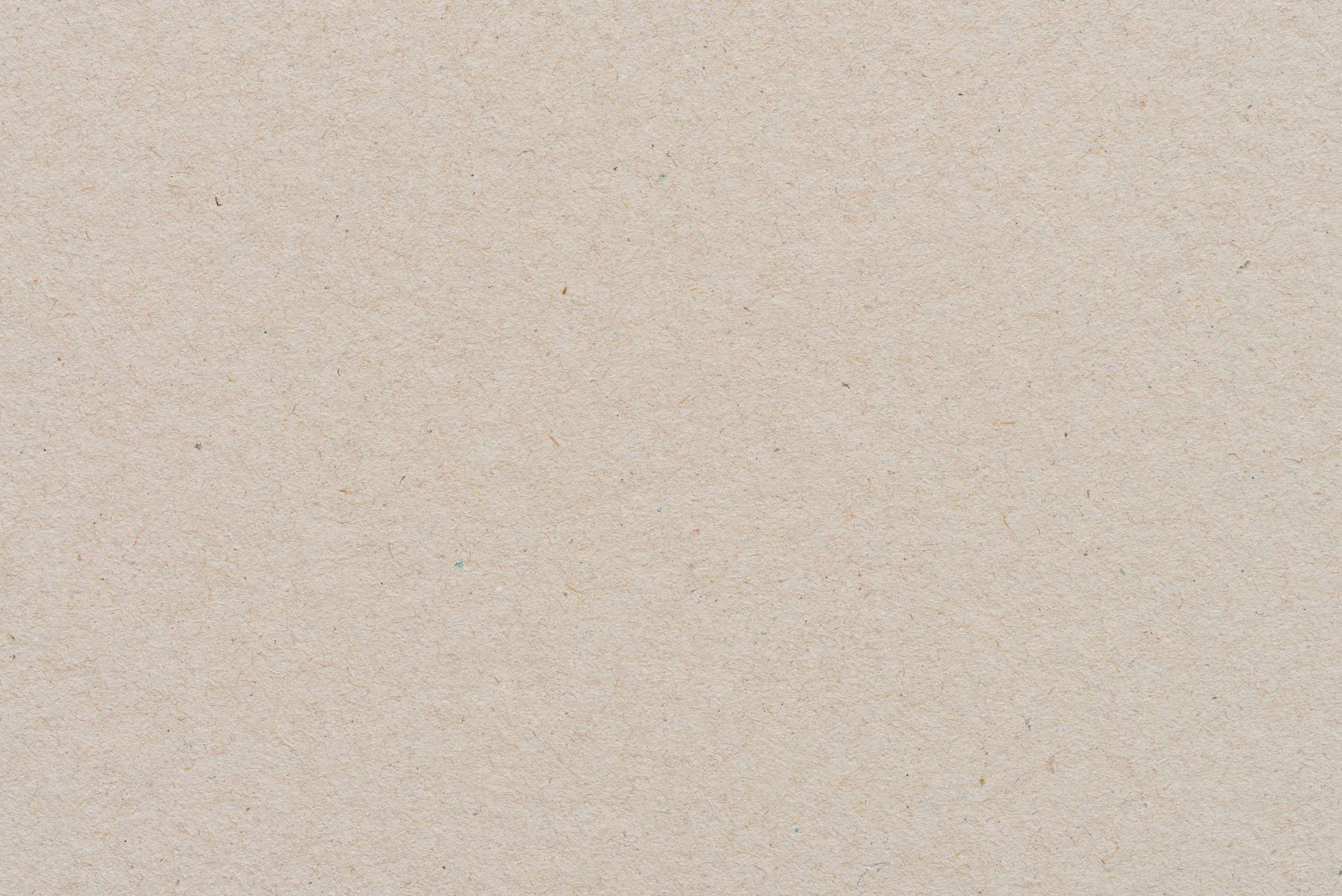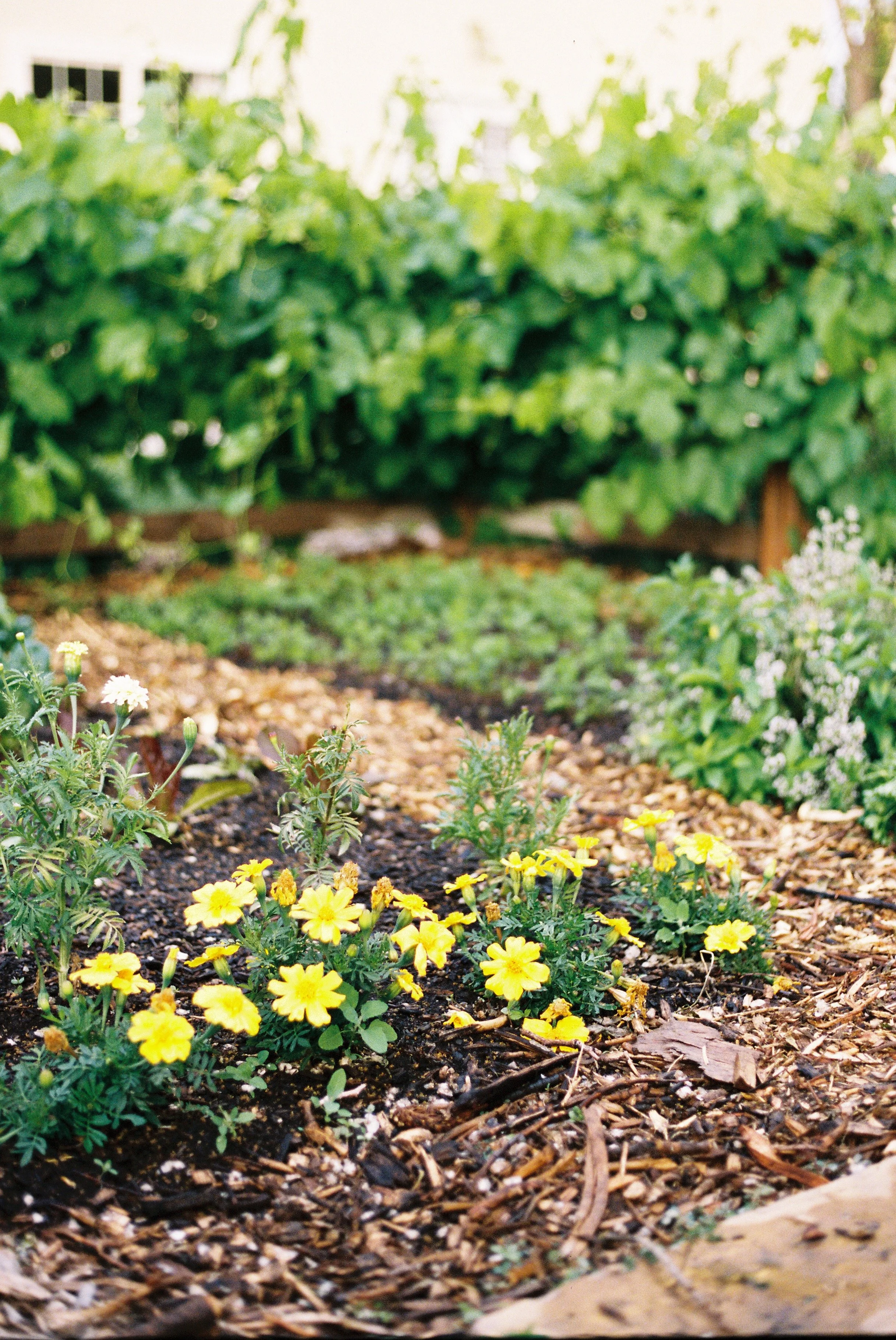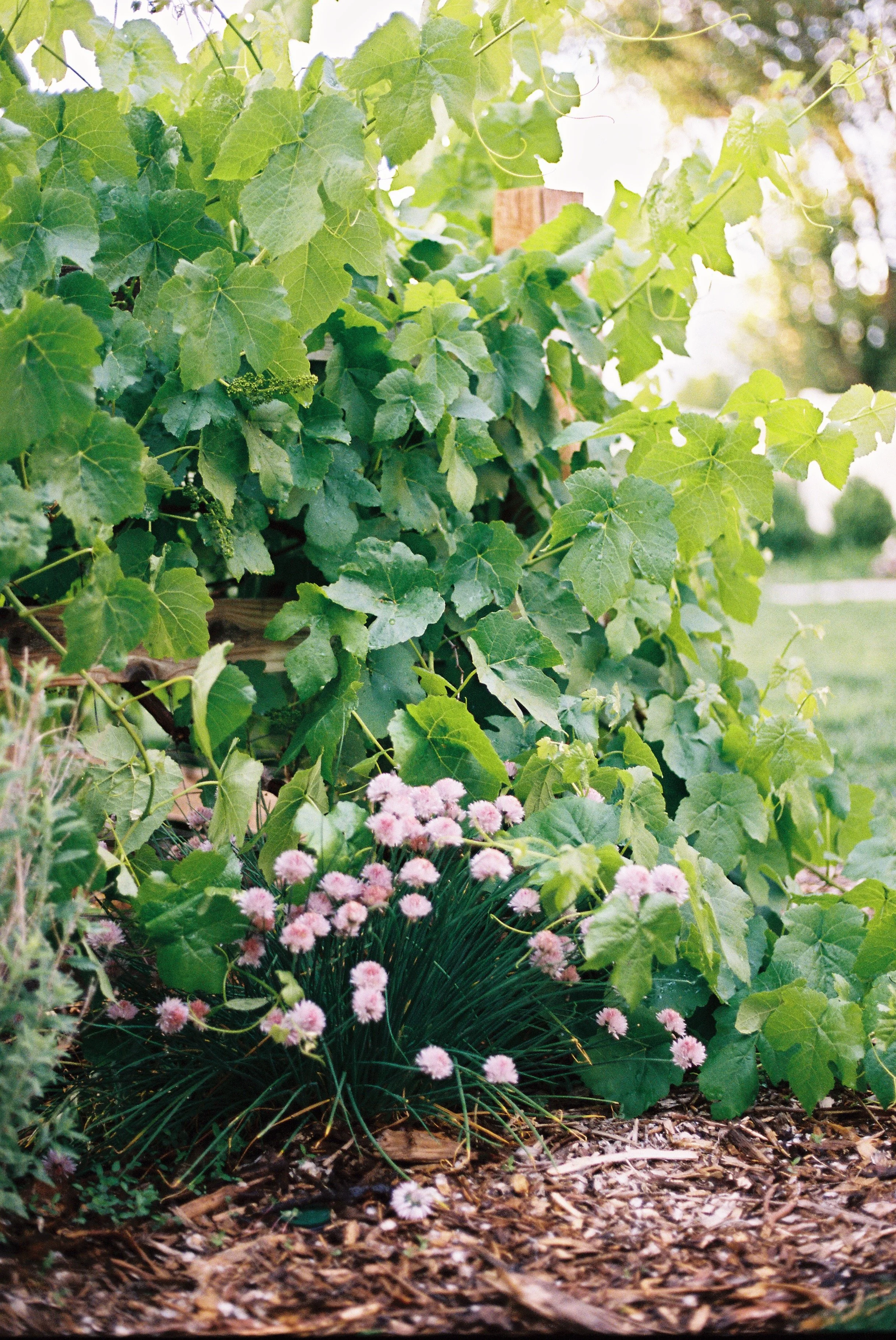
Planting a Garden
LESSON 6
Children develop an appreciation for the process of growing plants as they plant their own garden.
A space for a garden
Pots (if desired)
Trowels
Gardening gloves
Seeds to plant
Water
Extra soil
Materials
Create a space for your garden. This could be a spot in your yard, pots on your porch, or a space in your community garden.
Gather together the materials for planting and put them somewhere accessible to your child for planting.
Preparations
Guide children’s understanding in the idea that all the plant parts work together to help the plant grow.
Provide guidance for garden planting, allowing children to help with the various parts of planting.
Encourage children’s enthusiasm and excitement as you listen to their hopes for your garden.
Objectives for Teachers
Objectives for Children
Develop an appreciation for plants and their natural world.
Understand how the parts of a plant work together to help the plant grow.
Participate in planting a garden.
Connect with and feel ownership over the garden as they share in the responsibility for tending the garden.

Collect and Connect
Practice saying the poem “Dig a Little Hole,” together with the actions you came up with.
Dig a Little Hole
Dig a little hole,
Plant a little seed.
Pour a little water,
Pull a little weed.
Chase a little bug,
Heigh-ho, there he goes!
Give a little sunshine,
Grow a little rose.

Activity Flow
Begin by checking in on your seed race experiment and see if you notice any changes. Which seeds are growing the fastest? Tallest? Slowest? Ask your child if their prediction was correct. Then check on your seeds in a jar and have your child make some observations. Can you see roots? Have they grown and expanded? Can you see a steam and leaves? After observing your experiments, here are some questions you might ask:
Why are roots important to a growing plant?
What do leaves do for plants?
Why do plants have flowers?
2. Next, introduce the activity for today. Tell your child that you will be heading outside to plant your own garden. This could be a place in your yard, or in pots on your porch, or a community garden. You can use the seedlings you started during your seed race activity, or seeds that are sown directly into the soil, or purchase seed starts at a local greenhouse.
3. Head outside with any garden tools necessary and work together to sow seeds and plant seedlings in your designated garden space. Make a plan for how you will keep your garden alive to keep your plants happy and growing. Discuss with your child how they can help with the responsibility of caring for the garden.
4. With your child, close up their learning by discussing the exciting hopes of the beautiful things that will grow in your garden. Your child could also illustrate their hopes of a flourishing garden using paper, and paints or crayons.


